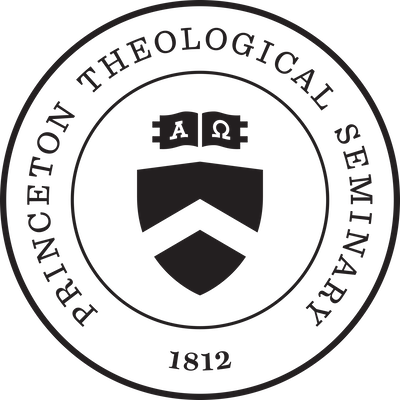Item Details
Turning Points in the History of the Literal Sense
| Author | Froehlich, Karlfried |
|---|---|
| Date | 1998 |
| Format | Conference Paper |
| Description | 9 pages |
| Genre | Public Lecture |
| Language | English |
| Subject | Bible |
| Topics | Bible — Criticism, interpretation, etc. |
| Notes | Paper read at a meeting of the Society of the Study of the Bible in the Middle Ages (SSBMA), Kalamazoo, Michigan, May 1998 |
| Abstract | This lecture traces the surprising history of the literal sense of Scripture in early and medieval times. Until Origen of Alexandria, "literal sense" had a negative connotation for Christians as the interpretation of what they called the "Old Testament" by unbelieving Jews. A positive evaluation began with the School of Antioch in the Fourth century, Jerome's philology and Augustine's interest in figurative language as a means of the spiritual ascent. The Middle Ages valued the letter as the foundation of a plurality of senses and added the definition as authorial intention—of God as the primary author as well as the human writers as secondary ones (Hugh of St. Victor, Thomas Aquinas). Eventually, this split eroded the trust in human words and led to the confused notion of two literal senses, one being "mere words" without final meaning, the other the trustworthy biblical word having God as its author. Relying on the latter notion, Luther subsumed all scriptural senses under the one literal sense but with this move faced the hermeueutical problem: How does one read God's intention in the human words of the Bible? |
| DOI | https://doi.org/10.17613/cwpk-ds42 |
| Contributor | Princeton Theological Seminary |
| Rights |

